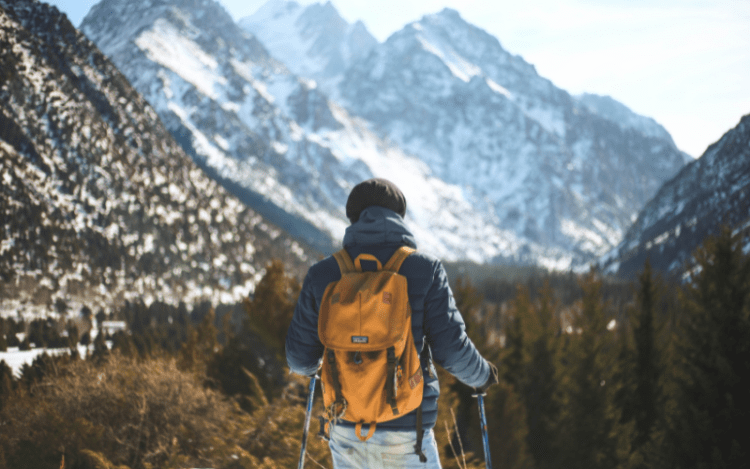Planning a backcountry hiking trip can feel like a lot of work, but with a little help from the internet, you can hit the trails like a seasoned pro. Regardless if you’re dreaming of rugged mountains, quiet forests, or bg-open vistas, a solid plan is your the best way to a safe and have a fun adventure. Here’s how to get it done without losing your mind—or your way.
Pick the Right Spot
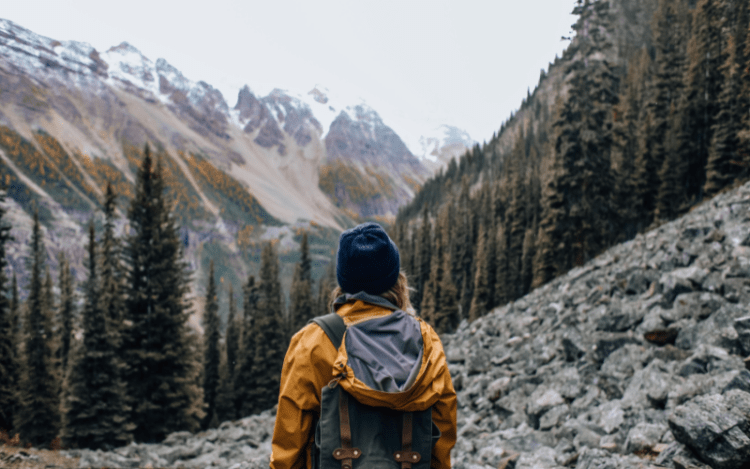
Image credit: Gentleman's Pursuits/Canva
Firstly, figure out where you’re headed. Find a trail that matches your skills and how much time you’ve got. National parks, state forests, or even lesser-known gems near you are great places to start. Check online for trail maps, reviews, and difficulty ratings. I once picked a random spot in the Smokies for a weekend trip—thought it’d be a breeze, but halfway up I was huffing and puffing like a steam engine. Lesson learned: read up on elevation gains beforehand!
Get Your Timing Down
Timing’s everything in the backcountry. Summer’s awesome for warm weather, but bugs and crowds can be a buzzkill. Spring and fall? Perfect for cooler temps and killer views. Winter’s rad if you’re into snow, but you’ll need extra gear. Check the forecast a few days out—nobody wants to get caught in a downpour with no backup plan. Oh, and don’t forget sunrise and sunset times so you’re not stumbling around in the dark.
Gear Up Smart
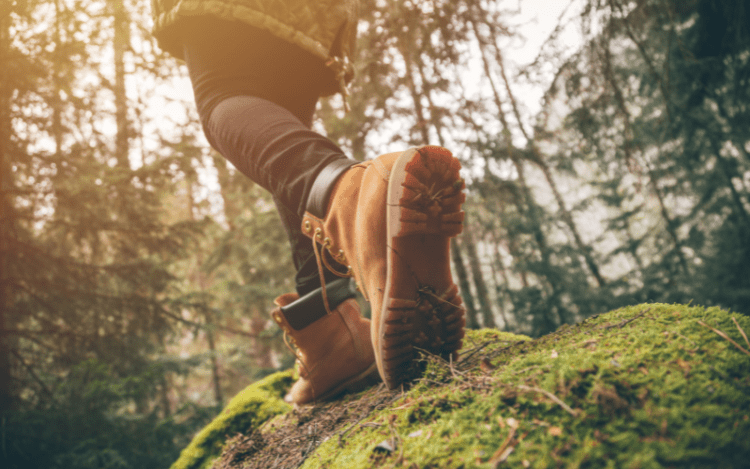
Image credit: Gentleman's Pursuits/Canva
You don’t need to break the bank, but good gear makes a difference. A sturdy backpack, comfy boots, and a lightweight tent are must-haves. Pack layers—weather can flip fast out there. Toss in a water filter (streams beat hauling gallons), a first-aid kit, and some grub that won’t weigh you down—think trail mix, jerky, or instant oatmeal. Pro tip: test your setup on a short hike first. Nothing’s worse than a blister from new boots five miles in.
Plan Your Route
Grab a map—paper, not just your phone, ‘cause batteries die. Plot your path, mark water sources, and pick a campsite. Apps like Gaia GPS are handy, but don’t rely on ‘em 100%. Know how far you can hike in a day—most folks average 2-3 miles an hour with a pack. Leave a copy of your route with a buddy, just in case. I skipped that once, and when I was late getting back, my pals were ready to call the cavalry.
Brush Up on Skills
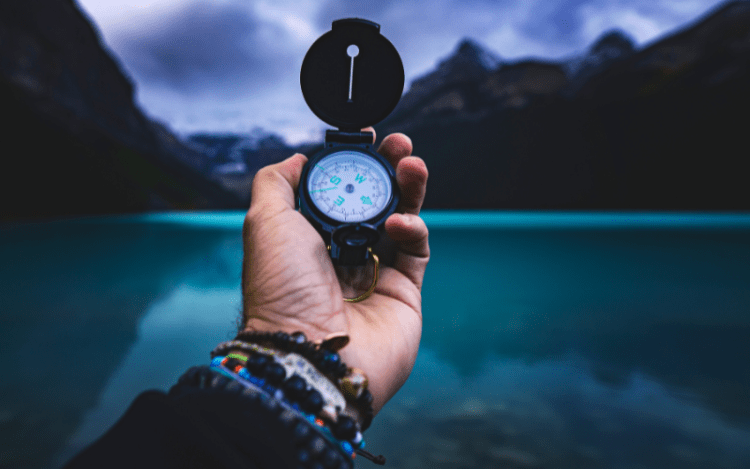
Image credit: Gentleman's Pursuits/Canva
If you’re new to this, practice some basics. Learn how to read a map and use a compass—GPS ain’t foolproof. Know how to set up your tent quick and start a fire if it’s allowed. Look up local wildlife too; I nearly freaked when a bear wandered near my camp in Yosemite. Turns out, yelling and banging pots scared it off—good to know ahead of time!
Permits and Rules
Some spots need permits, so don’t sleep on this. Check the park or forest website for details—fees are usually cheap, but spots can fill up fast. Follow Leave No Trace rules: pack out trash, stick to trails, and don’t mess with nature. Getting fined or banned ain’t worth it.
Food and Water Game Plan
Image credit: Gentleman's Pursuits/Canva
You’ll burn calories like crazy, so pack enough chow. Aim for 2,500-3,000 calories a day—easy stuff like peanut butter or dried fruit works. Water’s trickier; plan a liter for every 2-3 miles, more if it’s hot. Scout streams or lakes on your map, and always treat water before drinking. I got lazy once and skipped filtering—spent the next day hugging a tree with a stomachache. Not my finest hour.
Safety First
Tell someone your plans—where you’re going, when you’ll be back. Carry a whistle or signal mirror for emergencies. If you’re hiking solo, think twice about risky moves. Weather can turn ugly fast, so know when to call it quits and head back. Better safe than sorry, right?
Chill and Enjoy
Once you’re out there, soak it in. The whole point is to ditch the daily grind and breathe some fresh air. Snap pics, listen to the birds, and take a minute to feel like a badass for pulling it off. My first big trip, I sat by a creek at sunset, munching on granola, thinking, “Man, this beats the couch any day.”
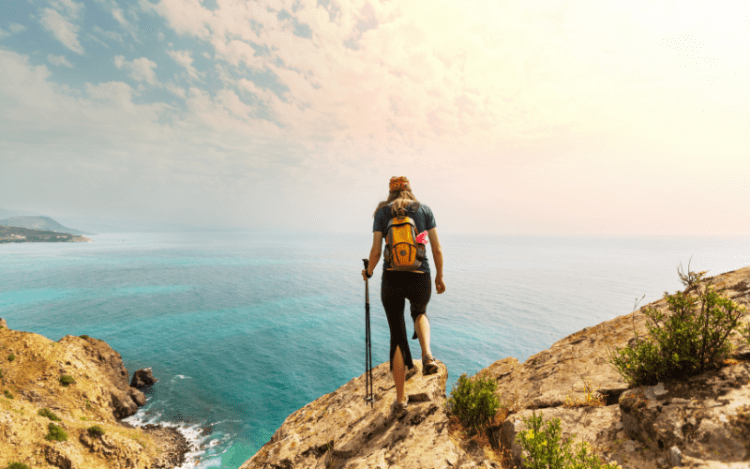
Image credit: Gentleman's Pursuits/Canva
Planning a backcountry hike takes some elbow grease, but it’s worth it. Start small, learn as you go, and soon you’ll be crushing it like a pro. So grab your boots, pick a trail, and get out there—nature’s waiting!
FAQs About Planning a Backcountry Hiking Trip
1. How long should my first backcountry trip be?
Answer: Keep it short and sweet—aim for one or two nights. You don’t wanna bite off more than you can chew right outta the gate. A 5-10 mile round trip is plenty to get your feet wet without feeling like you’re dying by day two. Build up from there once you’re comfy.
2. What’s the most important gear I need?
Answer: Boots that don’t kill your feet, a decent backpack, and a tent that won’t leak are your big three. Oh, and a water filter—trust me, you don’t wanna roll the dice on stream water. I skipped that once and paid the price with a bellyache that ruined my whole vibe.
3. Do I need a permit to hike in the backcountry?
Answer: Depends on where you’re going. Some places, like national parks, make you grab a permit—check their website or call ahead. Others are free-for-all. Don’t skip this step, though; rangers don’t mess around if you’re caught without one.
4. How much food should I bring?
Answer: Pack about 2,500-3,000 calories a day—think stuff like nuts, dried fruit, or sandwiches that won’t squish. You’ll be hungrier than you expect hauling a pack around. I always toss in an extra snack ‘cause I’m a sucker for munching by the campfire.
5. What if I run into a bear or something?
Answer: Stay calm—most critters don’t want trouble. Make noise while you hike so you don’t surprise ‘em. If you see a bear, don’t run; talk loud and back away slow. I had one sniff around my camp once—banging pots scared it off, but my heart was pounding!
6. How do I know if a trail’s too hard for me?
Answer: Look up the distance and elevation gain online—steep climbs can sneak up on ya. If you’re not a gym rat, start with something flatter and shorter. I thought I was tough tackling a 2,000-foot climb my first time—spoiler: I was wrong, and my legs hated me.
7. Can I drink water from streams or lakes?
Answer: Only if you treat it first! Boil it, use a filter, or toss in some purification tabs. Untreated water’s a gamble—learned that the hard way when I got sick and spent a day hugging a bush instead of hiking.
8. What’s the deal with Leave No Trace?
Answer: It’s just being a good human—don’t trash the place. Pack out all your garbage, stick to trails, and don’t carve your name in trees. Keeps it nice for the next guy, ya know?
9. How do I stay safe out there?
Answer: Tell someone your plans—where you’re going and when you’ll be back. Carry a map, compass, and a whistle. If the weather looks sketchy, turn around. Better to bail than be a headline.
10. What’s the best time of year to go?
Answer: Spring and fall are my faves—cool weather, pretty colors, and fewer bugs. Summer’s fine but hot and crowded. Winter’s cool if you like snow, but you’ll need to gear up extra. Check the forecast either way—no fun getting rained out.

